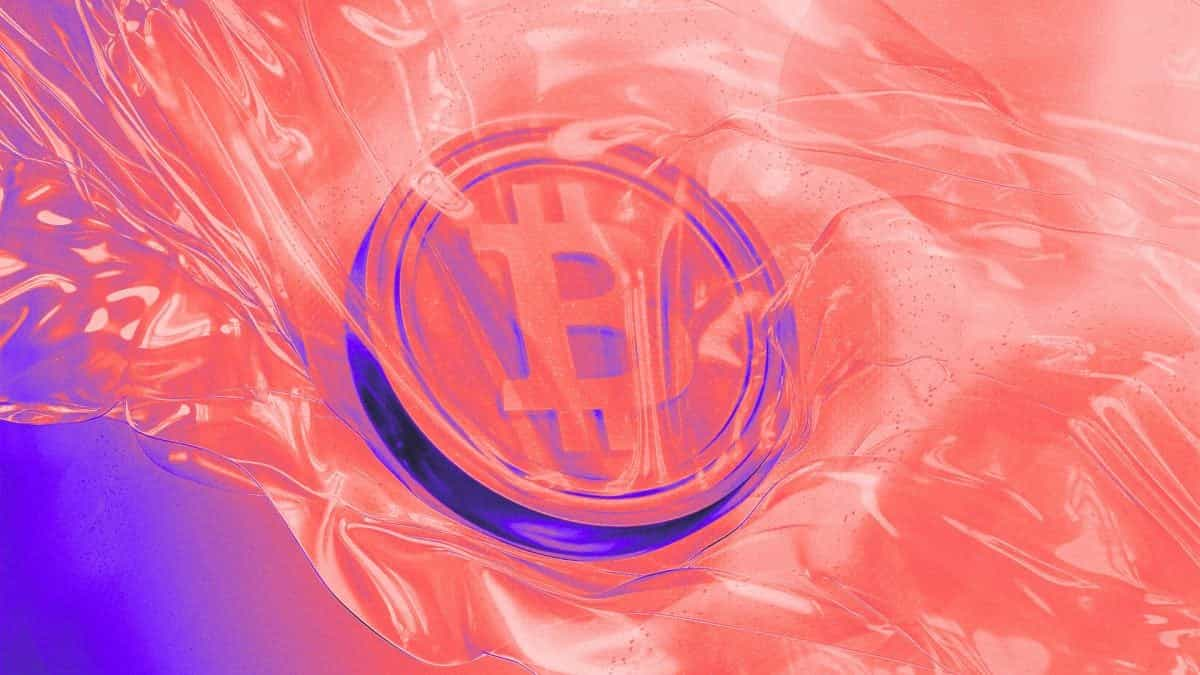The US SEC and CFTC may accelerate the development of crypto regulations and products.
US Senate reached a bipartisan agreement, ending the 41-day government shutdown this week, and the SEC and CFTC will resume normal operations. The SEC may prioritize issuing "exemptive relief" to support tokenization and crypto businesses, and continue to investigate digital asset treasury companies; during the shutdown, SOL, Litecoin, HBAR and other crypto ETFs that were launched under uniform listing standards may automatically take effect, supplement inquiries, or be postponed after the SEC resumes. CFTC Acting Chairman Caroline Pham stated that she will push for "spot crypto trading and tokenized collateral" by the end of the year, and is in talks with regulated exchanges to launch leveraged spot trading as soon as next month. The Senate Banking and Agriculture Committees are advancing legislation to allocate SEC/CFTC authority and define "auxiliary assets," which will ultimately need to be coordinated into a version for submission to the President for signing.
Disclaimer: The content of this article solely reflects the author's opinion and does not represent the platform in any capacity. This article is not intended to serve as a reference for making investment decisions.
You may also like
Why prediction markets are still in the exploratory stage
In-depth analysis of the five major systemic obstacles hindering the development of prediction markets.

Analysis of Monad's 18-page Sales Document: How Does 0.16% Market Making Allocation Support a $2.5 Billion FDV?
This document also systematically discloses a large amount of important details such as legal pricing, token release schedule, market-making arrangements, and risk warnings.

From Queen’s Dream to Prison Gate: The Absurd Scam of Qian Zhimin and 60,000 Bitcoins
The specific disposition of this large amount of Bitcoin will be decided early next year.

Bitcoin slides near $103,000 as December rate cut becomes more uncertain
Quick Take Bitcoin fell near $103,000 on Tuesday, driven primarily by investor profit-taking and macroeconomic uncertainties. Hopes for a December interest rate cut have dwindled following a report detailing growing internal conflict among Federal Reserve officials over the decision.

